If you were to ask anyone my opinion about rebranding, they would all say that I am totally against it. Often, people think
that they can rebrand every couple of months or every time they get tired of their logo and colors. Wrong! Imagine if Coca-Cola changed their entire appearance and now they offered their drink on a green carton-box? Would you be able to find it? What if they also changed their recipe? You’ll have so many questions that you’ll feel overwhelmed and will hesitate in consuming it which will result in loss of business for them.
But, guess what? There is always an exception to any rule and with rebranding this is the case.
Before going any further, let’s just explain what rebranding is and the reasons why companies take this route.
What is rebranding?
Rebranding is a marketing strategy in which a new name, term, symbol, design, or combination thereof is created for an established brand with the intention of developing a new, differentiated identity in the minds of consumers, investors, and competitors. Often, this involves radical changes to a brand’s logo, name, image, marketing strategy, and advertising themes. [1]
Is rebranding a smart move for your business?
Business owners will often be tempted to fully rebrand, and while we are often opposed to it, there will be cases in which a rebranding – slight or full – is recommended. Before jumping into this, you should analyze the reasons as of why you want to rebrand. Are you tired of your brand colors? – If that’s the case we’re sorry. Brand colors should be carefully studied and analyzed before launching a brand. Those should not be changed every time you get tired of them. Refer to Coca-Cola example above.
Reasons to rebrand
Limitations
Your brand is not portraying the vision you need it to. As time passes, your taste will definitely change and the vision you want to portray to your clients might change as well. On these cases, a slight rebrand is recommended to – while keeping the basics of your brand in place, introduce a more modern, or classic or simple style.
Merging
Are you merging multiple companies? If that’s the case, then you probably need to rebrand in order to introduce these brands to the world.
Market Growth
There might come a point during your business’ lifetime where you’ll want to expand your niche. Your type of brand might appeal to a specific target audience, however if you need to expand that range a rebrand (slight or full) could be a good option for you. Let’s say for example that your business is called: “Annie’s Hair Supplies” and this business originally sold hair products & hair extensions. One day, you decide that you want to expand and sell a broad range of products within the beauty industry. How about massage chairs? Wax products? Nail supplies? With a name like “Annie’s Hair Supplies” people might not consider your business when looking for manicure or massage supplies. In this case, a rebrand is recommended.
Trademark
If your brand is too similar to another trademarked/copyrighted company, you might want to implement some changes in order to prevent legal battles.
If after great analyzing and brainstorming you feel like you need to rebrand, here’s a few steps to implement it successfully:
1. Strategy:
Have a strategy in place. Determine why are you doing this. Will it increase your business? Analyze the competition. What are they doing that you can learn from? What are some of them doing that you absolutely dislike? Make sure that this rebrand will absolutely portray who you are, how you want to be seen by others and the direction you are going.
2. Brand Summary:
Write a document describing who you are, what you offer, etc. This will help you stay focused on the new strategy and will also help you when talking to others about your brand.
3. Costs:
Keep in mind the costs involved in rebranding efforts. Make a list of all the items that will need to be edited to fit your new style and brand.
Remember, you will need to invest on a graphic designer and printing company to get your marketing materials in place.
Some of these items could be: logo, website, blog, social media, brochures, business cards, flyers, outdoor signs, email marketing, promo items, radio, tv, static clings, vehicle signs, invoices, proposals, email signatures…
3. Typography:
My love for typography is almost as big as my hate for ugly/over-used/non-legible fonts.
- If you like girly cursive fonts, that does not mean that your logo image should incorporate those.
- Go for a font that will always be legible.
- Avoid over-used fonts. Select a font that will make you stand from the crowd without looking like you are stealing someone’s identity.
4. Logo Variations:
While your logo should only be one, you can have different options to make sure its legible in all the different uses you might have for it. If your logo font is white, make sure to have a black version or a darker color version for when used on a light background color.
5. Colors:
While we tend to choose colors based on our likes and dislikes, colors have a psychological theory behind them. Make sure to select them carefully.
Once you are ready, let’s launch this baby! Make sure you have a consistent image throughout your media outlets – newspaper, magazine ads, website, social media, blog, printed material, etc.
Take a look at our most recent rebrand for New York-based event planner Melissa from Events by Missy.
Brochure & business cards: https://pinkstudios.net/portfolio/print-events-by-missy/
Left: old | Right: new
Famous brands who at some point have rebranded (sccuessfully or not): Gap, Tropicana, Coca-Cola, Pepsi, Delta, and most recently: Yahoo!
[1] Rebranding



